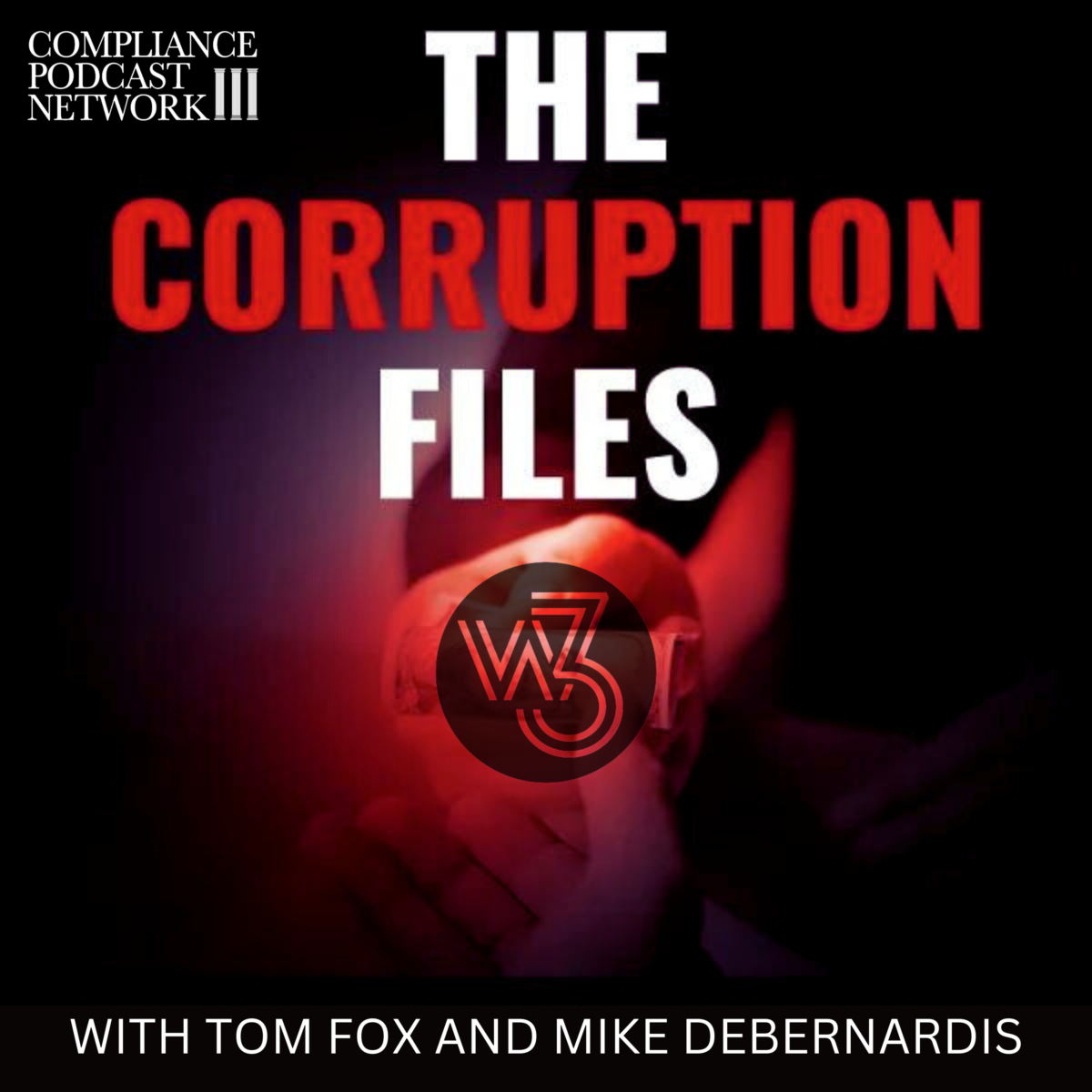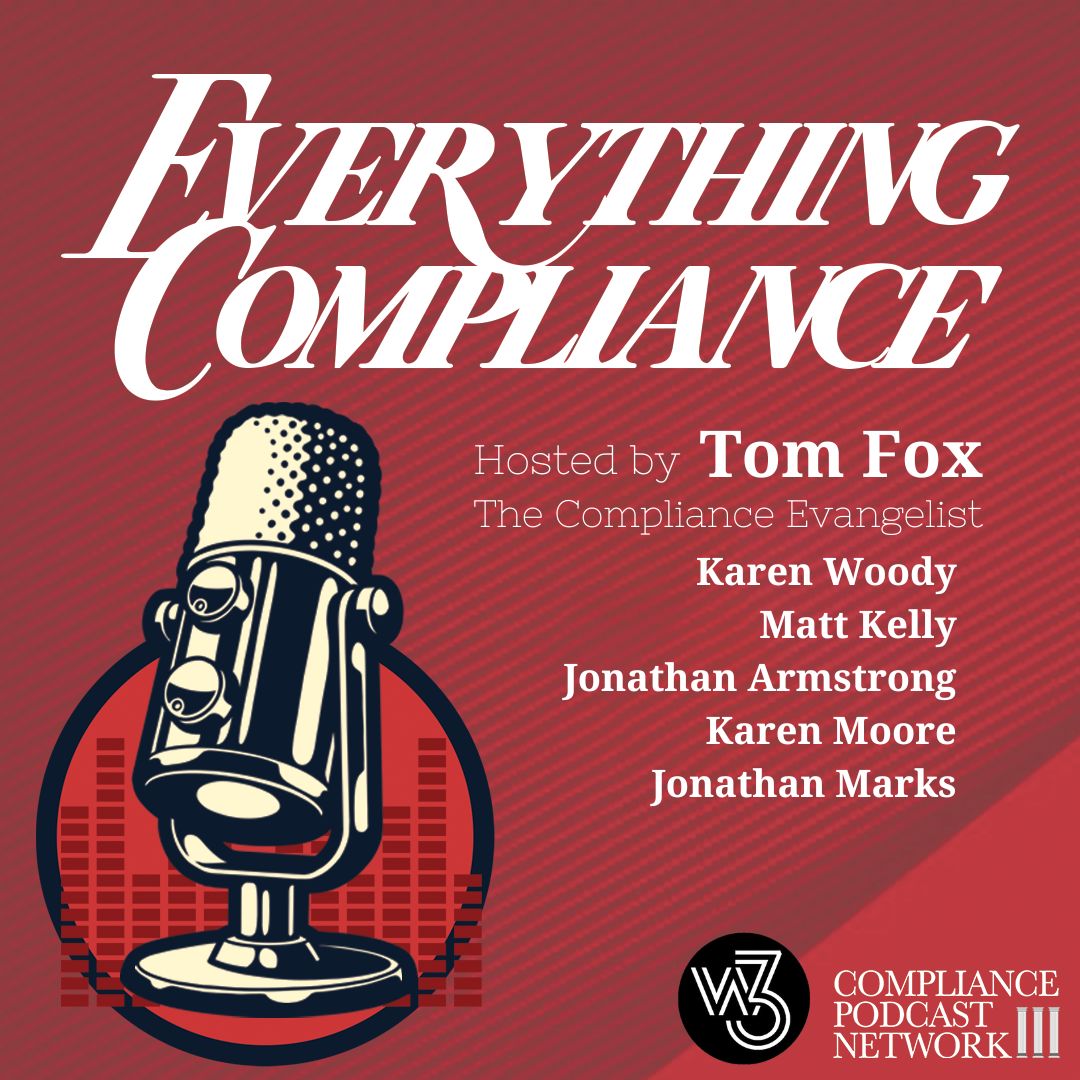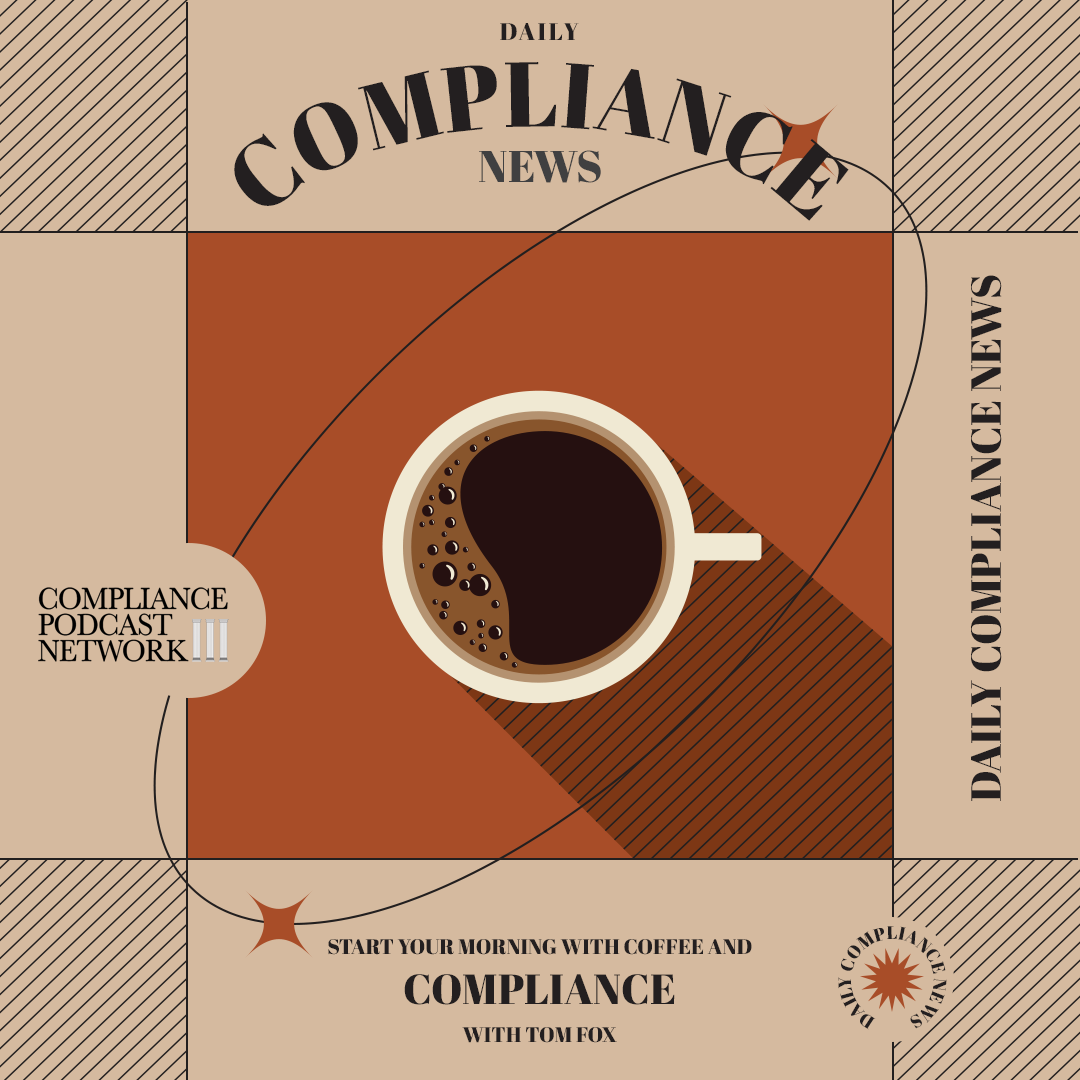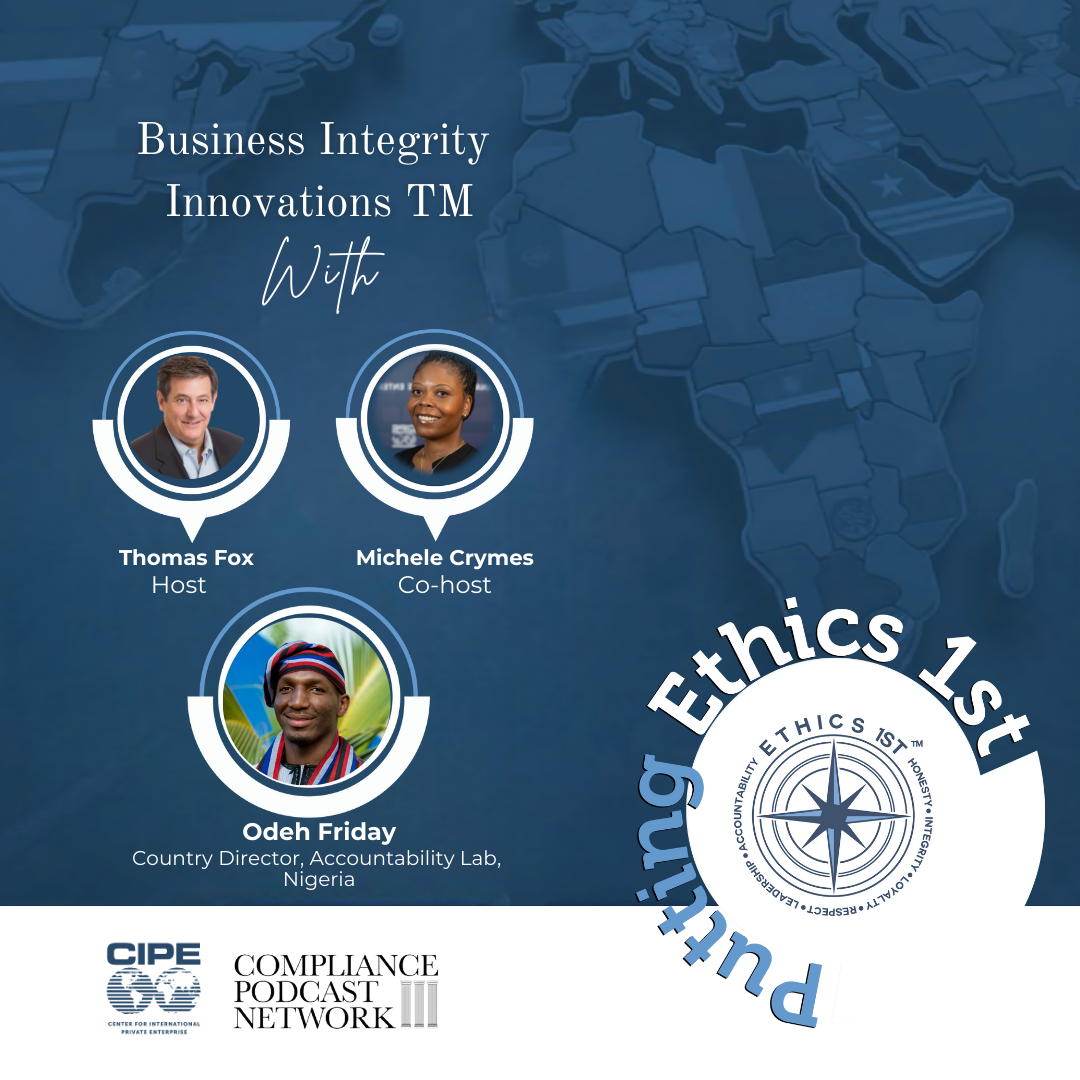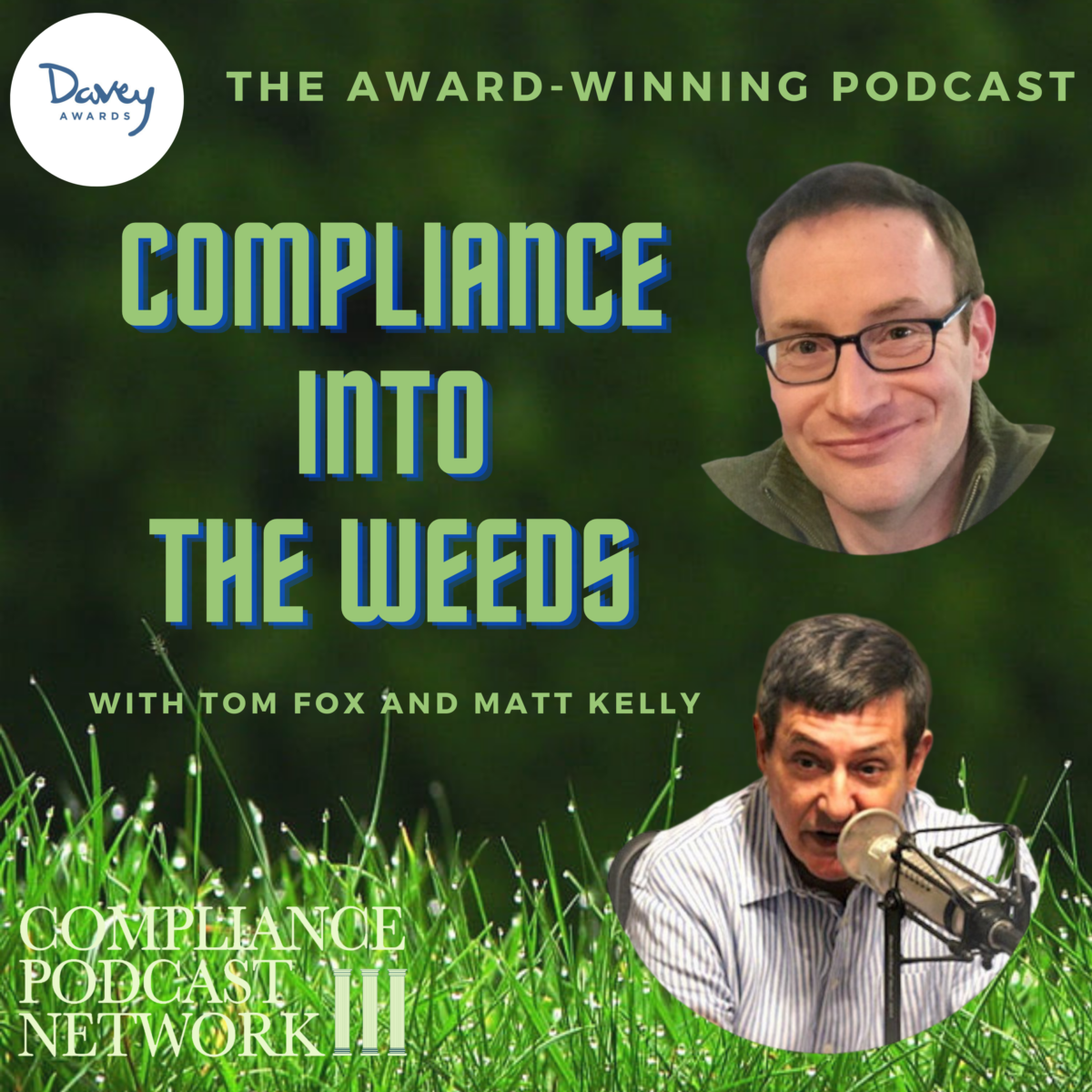Ed. Note: This week, leading up to Halloween, I will examine lessons for compliance professionals through the lens of the great Universal Movie Monsters: Frankenstein, Wolfman, Dracula, and The Mummy. Today, we consider what compliance needs to do when new business risks emerge through the lens of the 1954 monster movie classic The Creature from the Black Lagoon.
============================================================
We move from the 1930s to the 1950s to look at the classic horror film The Creature from the Black Lagoon. In this movie, a team of scientists stumbles upon an uncharted and dangerous lagoon in the Amazon rainforest, only to discover the terrifying Gill-man. What starts as a routine scientific expedition quickly becomes a struggle for survival as the group faces an unexpected threat from an unknown entity. As compliance professionals, this scenario is an apt metaphor for when new business risks emerge or your business model changes unexpectedly.
The film offers valuable lessons on preparedness, adaptability, and vigilance in the face of the unknown lessons echoed in the latest guidance from the 2024 Evaluation of Corporate Compliance Programs(2024 ECCP) and commentary from industry experts like Nicole Argentieri. In this post, we will explore what *The Creature from the Black Lagoon* teaches us about managing new business risks, assess the 2024 ECCP’s guidance on this issue, and consider how Principal Deputy Assistant Attorney General Lisa Argentieri’s views on the 2024 ECCP further inform our approach to compliance in a changing business landscape.
Identifying the Uncharted Waters: Recognizing New Risks
The scientists in The Creature from the Black Lagoon ventured into unknown territory, unaware of the dangers lurking beneath the surface. Similarly, when a business undergoes a shift in its business model, whether through entering new markets, launching new products, or facing changes in regulatory environments, new risks can emerge that were previously uncharted. The first step in managing these risks is recognizing them.
The 2024 ECCP stresses the importance of continuously assessing and identifying new risks as part of an effective compliance program. The ECCP notes that businesses should engage in ongoing risk assessments, particularly when significant changes in business operations occur. Compliance officers must have a mechanism to detect these changes early and respond accordingly.
Nicole Argentieri emphasizes this point, highlighting the need for businesses to be proactive rather than reactive. In her commentary on the ECCP, Argentieri notes that one of the key elements of a robust compliance program is its ability to evolve with the business. Companies must quickly recalibrate their risk assessments and compliance strategies when new risks appear. As the film illustrates, failing to anticipate or identify new threats can leave you vulnerable, just as the scientists were unprepared for the dangers in the lagoon.
Assessing the Threat: The Need for a Swift and Comprehensive Risk Evaluation
Once the scientists in the film realize that the Gill-man is a threat, they must quickly reassess their entire situation. In the corporate world, the appearance of a new risk demands a similar response: swift and comprehensive evaluation. Businesses must assess the immediate risk and its broader implications on the company’s operations, reputation, and compliance obligations.
The 2024 ECCP strongly emphasizes the need for businesses to adapt their risk assessments to reflect changes in operations or the external environment. Whether the company is expanding into a new geographic area, introducing new products, or dealing with changing regulations, the risk landscape will shift. Compliance officers must ensure their risk management frameworks are flexible enough to incorporate these new threats.
Argentieri has noted that when new risks emerge, companies must act swiftly to integrate them into their compliance programs. This involves conducting fresh risk assessments and ensuring that any changes in the business model are reflected in compliance policies, training, and monitoring systems. Like the characters in the film, who adapt their strategies as they learn more about the Gill-man, compliance teams must evolve their strategies based on a full understanding of the new risk landscape.
Adapting Your Strategy: Revising Policies, Procedures, and Controls
The central characters in The Creature from the Black Lagoon must quickly adapt their approach to survive. Similarly, when new business risks arise, compliance officers must reevaluate and adjust existing policies, procedures, and internal controls. The 2024 ECCP clearly states that policies and controls should not remain static. Instead, they must be revised to reflect the changing nature of business operations and risks.
When your business model changes, you cannot assume that your existing compliance framework will continue to be effective. For example, expanding into new geographic regions may introduce new risks related to anti-bribery and corruption (ABAC), data privacy, or supply chain integrity. New product offerings bring consumer protection, product safety, or intellectual property risks to the forefront. The ECCP recommends reviewing and updating your internal controls, third-party risk management processes, and compliance training to ensure that all aspects of your compliance program remain relevant.
Argentieri’s analysis of the 2024 ECCP reinforces this point. She has argued that businesses must build dynamic and agile compliance programs. The compliance function should be involved in key decision-making processes as the business grows and changes. When new risks emerge, the compliance department must be ready to overhaul procedures and policies swiftly. This could mean expanding due diligence efforts, revising conflict-of-interest policies, or rolling out new training programs to address the specific nature of the risk.
Vigilance and Monitoring: Ongoing Risk Management
In The Creature from the Black Lagoon, the characters must always stay vigilant to avoid the creature’s attacks. When new risks emerge, businesses must maintain a heightened level of vigilance through ongoing monitoring and testing of their compliance programs. The 2024 ECCP underscores the importance of regular monitoring to ensure compliance programs work as intended, especially in the face of new business risks.
The ECCP recommends incorporating data analytics and other technological tools to monitor compliance activities in real-time. For example, if your business is expanding into new regions, you may want to enhance monitoring of third-party relationships in those areas to ensure compliance with local laws and regulations. Continuous monitoring allows businesses to spot emerging risks early and respond before they become critical issues.
Argentieri has highlighted the need for compliance professionals to stay engaged with the business as it evolves. She suggests that compliance officers must work closely with business leaders to understand the company’s strategic direction and anticipate new risks before they fully materialize. Compliance professionals can avoid potential threats by actively participating in business discussions and decision-making and adjusting their monitoring programs accordingly.
Training and Communication: Keeping Everyone in the Loop
In the film, survival depends on everyone being aware of the danger and working together to manage it. Similarly, once new risks have been identified, ensuring that all employees, from the C-suite to the front lines, are informed and equipped to handle them is essential. The 2024 ECCP stresses the importance of communication and training as key components of an effective compliance program, especially when new risks are introduced.
When a business model changes or a new risk emerges, compliance officers must update training programs to reflect these developments. Employees should understand the nature of the new risks and how to navigate them within the company’s compliance framework. Regular communication from leadership about the importance of compliance and the role employees play in managing risk is critical for building a culture of compliance.
Argentieri has noted that training should be tailored to address the risks that have arisen. For example, if a company is entering a market with heightened anti-corruption risks, the compliance training should focus on identifying red flags for bribery and navigating local regulatory requirements. Just as the characters in The Creature from the Black Lagoon needed to work as a team to survive, businesses must ensure everyone is on the same page when managing new risks.
The lessons from The Creature from the Black Lagoon offer valuable insights for today’s compliance professionals. When faced with new and unforeseen threats, quickly adapting and responding is crucial for survival. The 2024 ECCP reinforces this need for agility, emphasizing the importance of ongoing risk assessments, the revision of policies and procedures, and vigilant monitoring.
Nicole Argentieri’s commentary on the ECCP provides further guidance, urging companies to build compliance programs that can evolve in real-time with the business. Just as the characters in the film had to adapt to survive, compliance officers must ensure their programs are flexible enough to respond to new risks and changing business models. By staying alert, adapting quickly, and fostering a culture of compliance, businesses can navigate uncharted waters and emerge stronger on the other side.
Join us tomorrow, where we will consider the 1954 movie version of The Creature from the Black Lagoon and how companies must assess and manage new and emerging risks.






